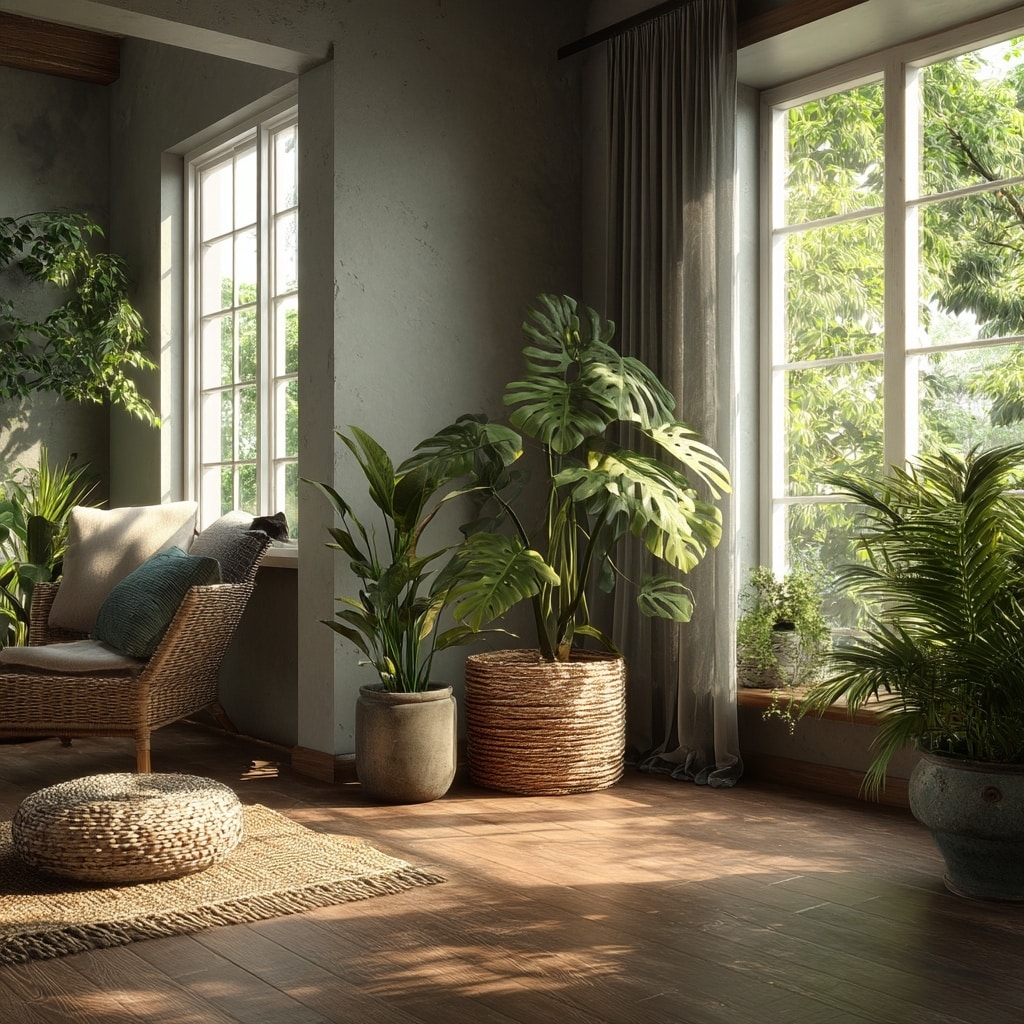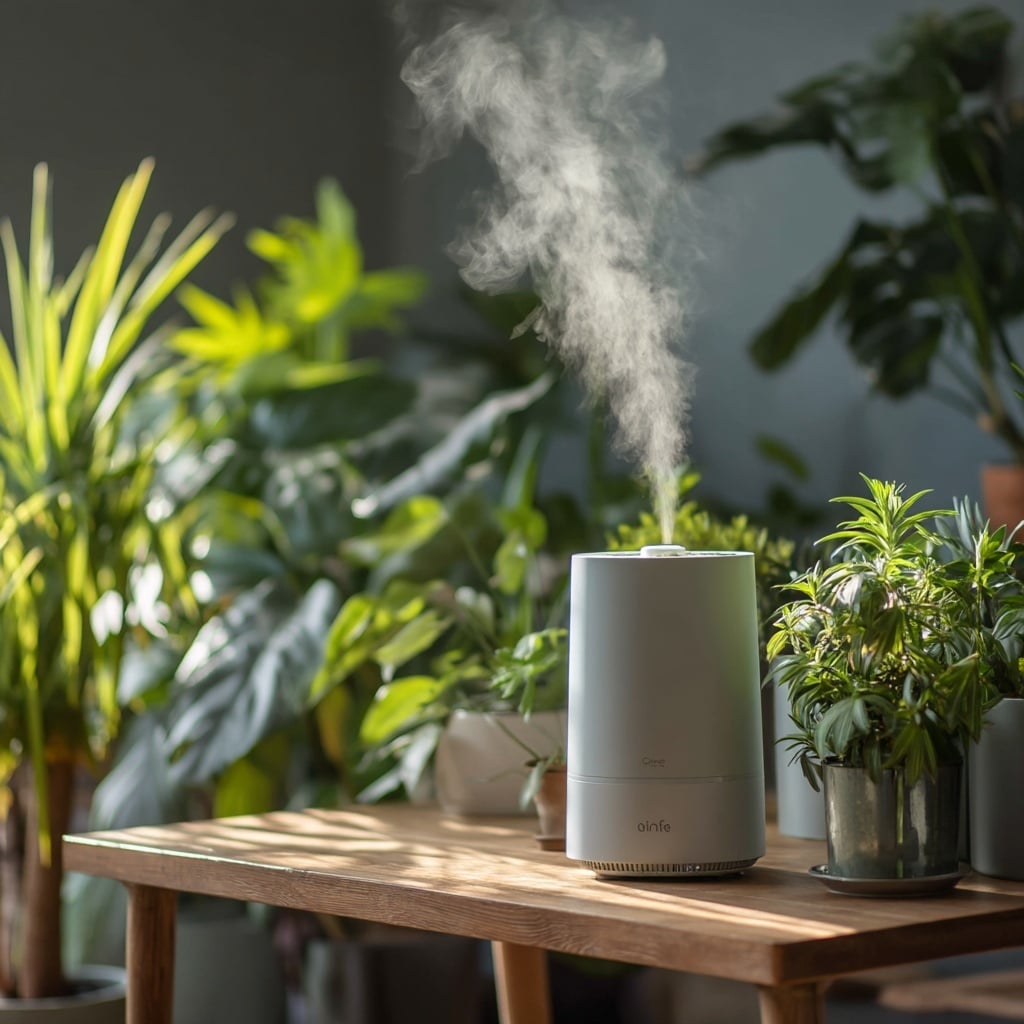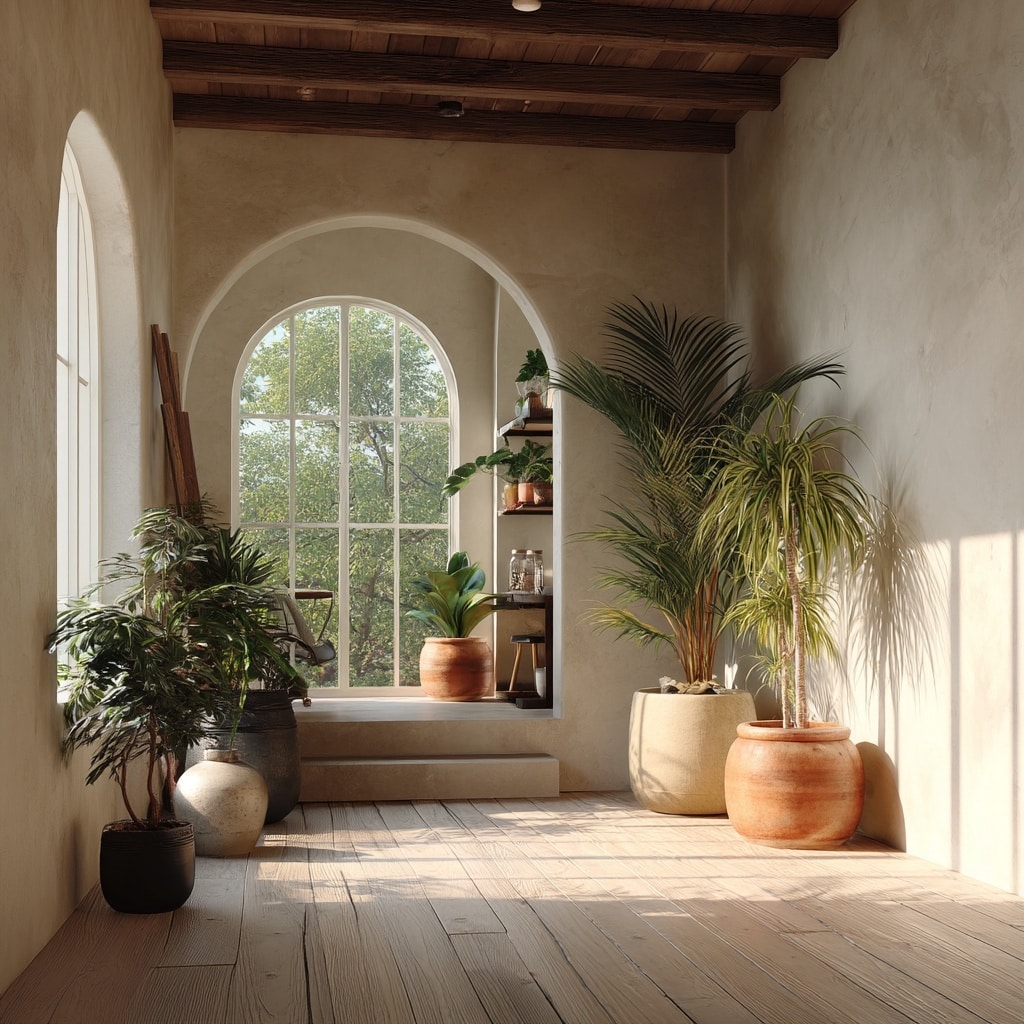Plants are more than just pretty decorations—they bring life, color, and even cleaner air into our homes. But keeping indoor plants healthy can be surprisingly tricky, especially if you’re new to plant care. From overwatering to lack of light, a few common mistakes can quickly turn your green companions into wilted woes. The good news? With a little knowledge and consistency, your plants can thrive year-round. Whether you’ve filled your windowsills with greenery or are nurturing just one leafy friend, these simple yet essential care tips will help your plants grow stronger, healthier, and happier.
Table of Contents
Table of Contents
1. Give Your Plants the Right Balance of Water and Sunlight
One of the most common mistakes plant owners make is overwatering or placing their plants in the wrong lighting conditions. Each type of plant has its own needs, but understanding the basics can prevent root rot and sun damage—two major threats to healthy plants.
Before you water, check the soil. Stick your finger about two inches deep—if it feels dry, it’s time to water. Some plants, like succulents, prefer dry soil for longer periods, while others like ferns need consistent moisture.
Light is just as important. Most indoor plants prefer bright, indirect sunlight. A south-facing window works well for sun-loving varieties, while low-light plants such as snake plants and pothos do better in shaded corners or near north-facing windows. When your plants get the right mix of light and water, they’re more likely to thrive and resist disease.
2. Avoid Moving Your Plants Too Often

While it might seem harmless to move your plants around the house for aesthetic reasons or better lighting, frequent relocation can actually do more harm than good. Plants slowly adjust to their environment—light exposure, temperature, humidity—and sudden changes can trigger stress, stunted growth, or even leaf drop.
Instead, choose a permanent home that suits the plant’s needs and stick with it. Once your plants have adapted to their surroundings, they develop a rhythm that supports healthy growth. Moving them disrupts this balance, especially for more sensitive varieties like fiddle leaf figs or calatheas.
If a change is absolutely necessary—like shifting plants closer to a light source during winter—do it gradually over several days. This gives your plants time to adapt without shock.
3. Increase Humidity to Keep Plants Happy

Many indoor plants—especially tropical varieties—need more humidity than the average home provides. Dry indoor air can lead to browning leaf tips, drooping stems, and slow growth. Fortunately, there are simple ways to raise humidity levels and create a more plant-friendly environment.
Using a humidifier is one of the most effective methods. Place it near your plants, but avoid pointing it directly at the leaves to prevent excess moisture buildup. If you’re on a budget, misting the leaves with distilled water a few times a week can also help.
Grouping plants together is another easy trick. As they release moisture through their leaves, the surrounding air becomes more humid—benefiting the entire cluster. You can also place water trays near or under your pots (with pebbles to keep roots dry) for natural evaporation.
Keeping the humidity just right can make a big difference, especially for moisture-loving plants like monsteras, calatheas, and peace lilies.
4. Keep Dust Off Your Plants

Dust may seem harmless, but it can actually interfere with a plant’s ability to absorb light and breathe. When dust builds up on leaves, it blocks sunlight and clogs the tiny pores plants use to release oxygen and take in carbon dioxide. Over time, this can weaken your plants and slow their growth.
Cleaning your plants is simple and doesn’t take much time. For smooth-leafed varieties, gently wipe each leaf with a damp, soft cloth. For fuzzy or textured leaves, like those on African violets, a soft-bristled brush works best. You can also give your smaller plants a gentle rinse in the sink or shower—just be sure the water pressure is low to avoid damage.
Make it a habit to check your plants weekly and clean off any visible dust. Not only does this help them stay healthy, but it also keeps your space looking fresh and well cared for.
5. Fertilize Your Plants the Right Way

Even the most beautiful pots and perfect lighting won’t help if your plants aren’t getting the nutrients they need. Over time, the soil in containers loses its natural fertility, which can lead to pale leaves, weak stems, and slow growth. That’s where fertilizing comes in.
Most houseplants benefit from a balanced fertilizer—typically labeled 10-10-10—for an even mix of nitrogen, phosphorus, and potassium. This supports root strength, leafy growth, and blooming. But not all plants are the same. Leafy plants like pothos and philodendrons often do better with nitrogen-rich blends, while flowering types prefer more potassium to boost their blooms.
It’s best to fertilize during the growing season (spring and summer), usually once a month. In fall and winter, most plants rest and don’t need extra feeding. Always follow the directions on the label, and when in doubt, less is more—over-fertilizing can burn the roots and cause more harm than good.
Regular feeding helps your plants thrive, not just survive, giving them the nutrients to grow stronger and resist pests or disease.
6. Prune Your Plants Regularly

Pruning is more than just tidying up—it plays a key role in keeping your plants healthy, balanced, and full of life. Removing dead or yellowing leaves, trimming leggy stems, and shaping overgrowth encourages new growth and helps prevent the spread of pests and diseases.
Use clean, sharp scissors or pruning shears to make precise cuts. Focus on removing damaged or unhealthy parts first, then shape the plant to maintain its structure. Some plants, like herbs and trailing vines, even respond to pruning by growing fuller and bushier.
Pruning also improves air circulation, especially in dense foliage, reducing the chance of mold or fungus taking hold. Try to inspect your plants every few weeks and snip away anything that looks unhealthy or out of place.
Not only will regular pruning keep your plants in great shape, but it also gives you a chance to closely check for early signs of trouble—like bugs, spots, or drooping leaves—before they become bigger problems.
Conclusion
Taking care of indoor plants doesn’t have to feel overwhelming. With just a little attention to watering, light, humidity, cleanliness, nutrition, and pruning, your plants can thrive and bring lasting beauty to your home. Remember, every plant is different, and the key is consistency. When you pay attention to their needs, your plants reward you with vibrant leaves, steady growth, and a calming green presence in your space.
Start with these simple care tips, and you’ll build the confidence and skills to keep your indoor plants healthy and happy for years to come.




